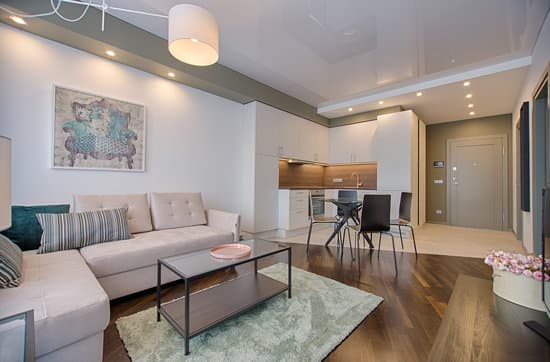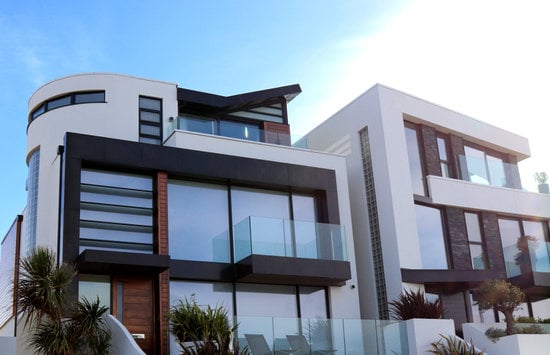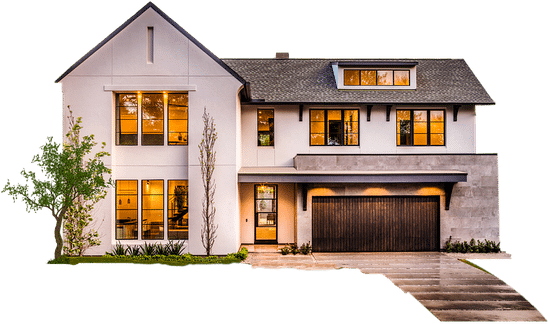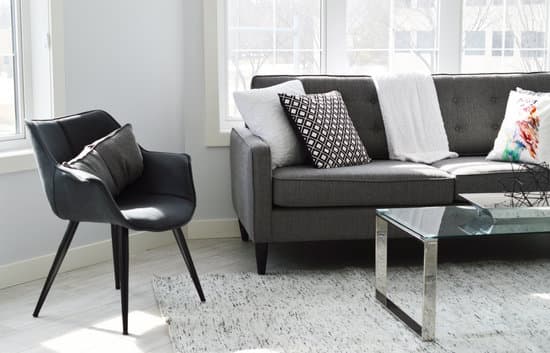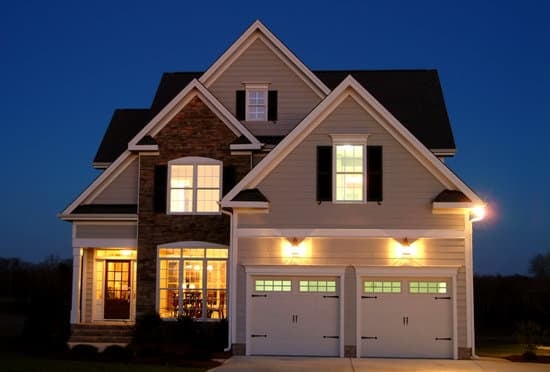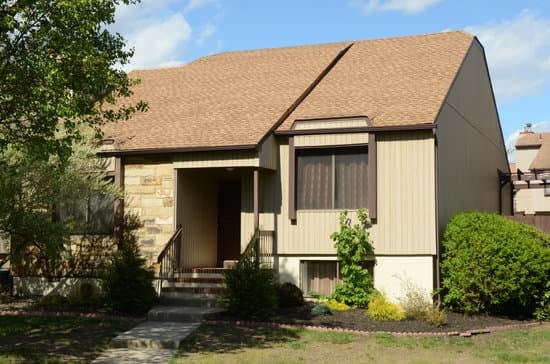Contemporary design is a style that reflects the current trends and preferences in design. Here are some examples of contemporary design:
Minimalism: This design style features a simplistic approach, with clean lines, and a focus on functionality and practicality.
Nature-inspired: Contemporary design incorporates natural materials, such as wood, stone, and metals, to create a warm and inviting space.
Industrial: Another trend in contemporary design is an industrial aesthetic, featuring rough textures, unfinished surfaces, and the use of metal and concrete.
Eclectic: Contemporary design allows for a mix of different styles and periods, resulting in a unique and personalized space. Combining vintage and contemporary elements, for example, is a great way to achieve this look.
No matter the specific trend, contemporary design always puts purpose at the forefront. Whether it’s through the use of high-quality materials or a focus on functionality, this style always seeks to create a space that is both stylish and practical.






